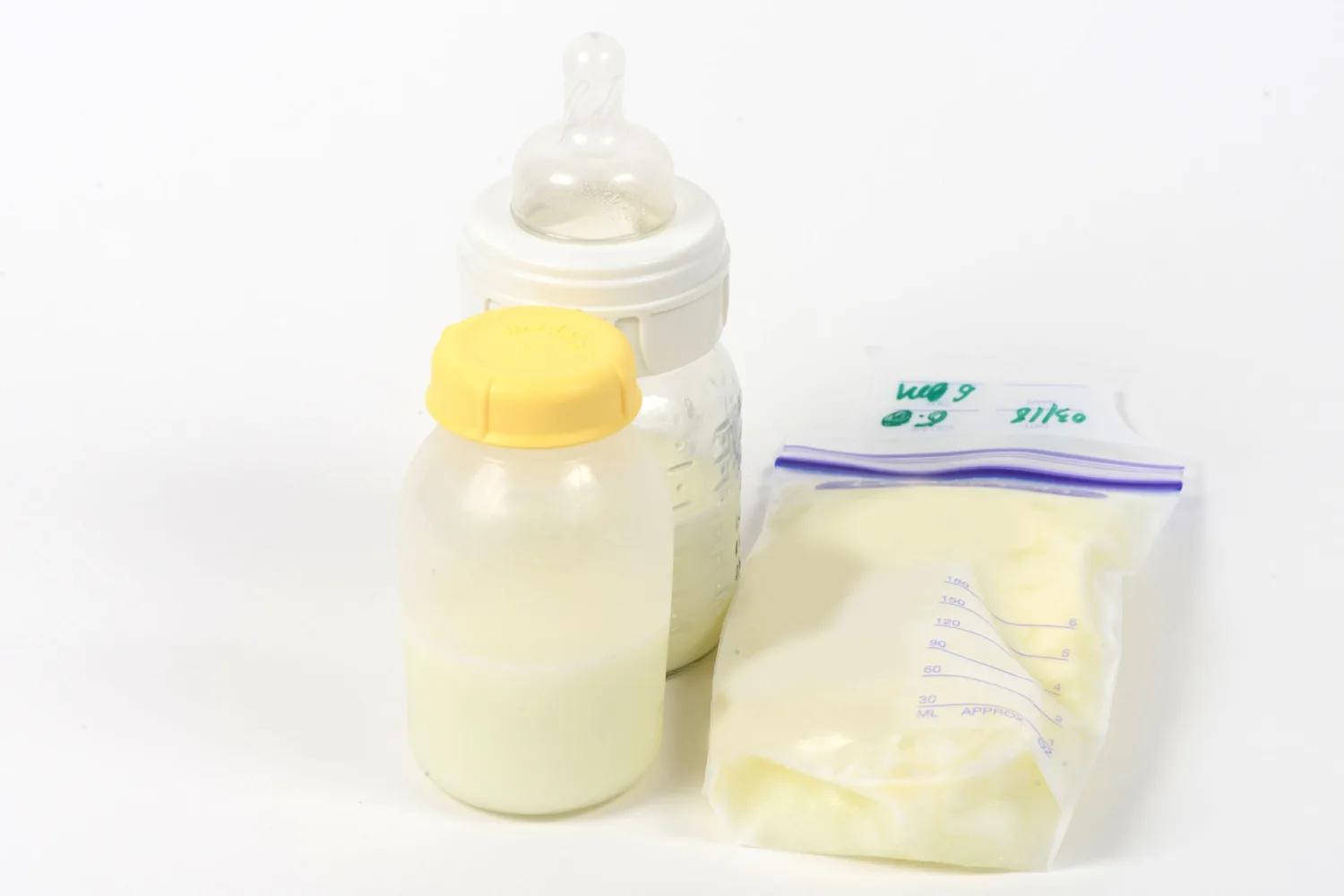Breast milk is a precious commodity. If you’re a new mama who plans to pump and store some of your breast milk, you’ll want to be certain that your liquid gold is processed and preserved safely without any contamination. Here are some tips for safely storing your breast milk for future use or to send to us to be freeze-dried so that you can use it anytime.
Wash your hands
Good breastfeeding hygiene matters. Always thoroughly wash your hands before breastfeeding, pumping, or handling equipment. Be sure to scrub for at least 20 seconds (you can sing the “Happy Birthday” song twice). Channel your inner TV surgeon: don’t forget your forearms and fingernails.
Use the proper containers
The best containers are bags or bottles designed to store breast milk. You can also use glass or BPA-free containers made from food-safe plastic.
Stay away from BPA: Bisphenol A is a chemical that is used in a variety of plastics. When it’s present in food containers, it can seep into the food product and contribute to potential health problems like endocrine disorders. Some research suggests that infants and fetuses could be especially vulnerable to these health effects. Look for #3 or #7 plastics, which may contain BPA, and avoid storing your breast milk in those containers.

Start with sterilization
A new breast pump should be sterilized according to the manufacturer’s recommendations. In most cases, this is a one-time thing; after that, you will simply need to clean your pump parts regularly and thoroughly. However, if your baby was born premature or has a health condition, some experts recommend regular pump sterilization until your baby is older and healthier. Talk to your doctor or lactation expert if you are wondering about sterilizing more often.
Keep your equipment clean
Cleaning your pump parts is essential, but it doesn’t have to be complicated. Clean your pump using hot soapy water at least once a day. Wash the parts of the pump that come into contact with your milk, skin, or baby⸺it’s not necessary to clean the tubes (but feel free to air them out to remove any condensation). Use cleaning tools separate from the ones you use to wash your dishes; hand clean delicate parts. Air dry the pump parts on a clean plate or paper towel.
Sanitize
You can sanitize your pump parts in the dishwasher or microwave every so often. Consult the manufacturer’s instructions to ensure it’s safe to expose your particular machine to high temperatures.
Try the refrigerator trick: If you’re pumping at work or plan to do multiple sessions in a day, rinse the pump parts, put them into a large Ziploc baggie, and pop them right in the fridge. This will slow (but not completely prevent) bacteria growth and make it, so you don’t have to wash the pump every single time.
Where can you store your breast milk, and for how long?
- Countertop: Freshly expressed milk is safe on the counter or while you’re out and about for up to four hours
- Refrigerator: Store your milk in the back of the fridge (40°F) for up to four days.
- Freezer: Frozen (0°F or colder), properly stored breast milk can be safely used for up to six months. Never thaw and reuse pumped milk. Store your milk in the back of the freezer rather than in the doors.
- Thawed: Thawed breast milk can be used for up to two hours or up to 24 hours in the fridge.
- Freeze-dried: Freeze-dried breast milk has a shelf life of three years.
At Bébé Bru, safety is our highest priority. We follow a meticulous process in our state-of-the-art facility so that you can feel good about sending your breastmilk to us. Follow these tips so that we receive your milk in great condition, and we’ll send it right back to you in the form of an easy-to-use powder. Find out how it works here.

